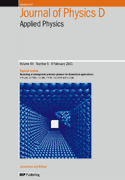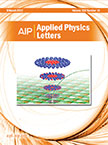 An engineering student in South Korea and a professor have retracted five papers from four different journals for reasons ranging from figure duplication to manipulated or fraudulent data.
An engineering student in South Korea and a professor have retracted five papers from four different journals for reasons ranging from figure duplication to manipulated or fraudulent data.
Jae Hyo Park, who is pursuing his PhD, and Seung Ki Joo, a professor in the department of material science and engineering at Seoul National University in South Korea, appear on all five papers as first and last author, respectively.
According to an official at IOP Publishing, the retractions began when a third party contacted them last March about “potential misconduct” in a paper published earlier that year in one of its journals—Journal of Physics D: Applied Physics. The IOP official Simon Davies explained: Continue reading Five retractions for engineering duo in South Korea over duplication, fraudulent data




